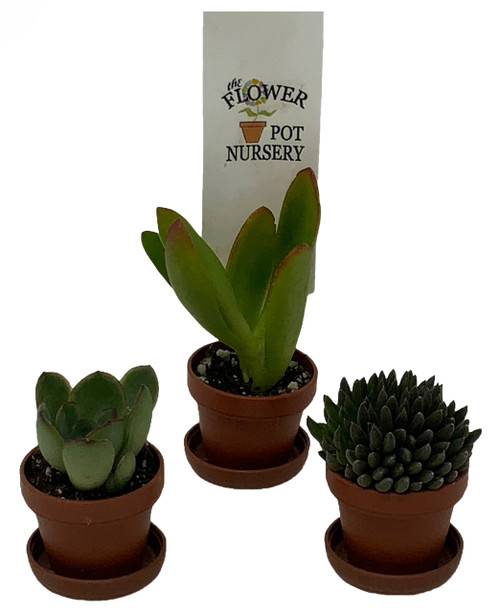A daylily or day lily is a flowering plant in the genus Hemerocallis /ˌhɛmɪroʊˈkælɪs/, a member of the family Asphodelaceae, subfamily Hemerocallidoideae. Despite the common name, it is not in fact a lily. Gardening enthusiasts and horticulturists have long bred daylily species for their attractive flowers. Thousands of cultivars have been registered by local and international Hemerocallis societies.
Daylilies are perennial plants, whose name alludes to its flowers, which typically last about a day. The flowers of most species open in early morning and wither during the following night, possibly replaced by another one on the same scape the next day. Some species are night-blooming. Daylilies are not commonly used as cut flowers for formal flower arranging, yet they make good cut flowers otherwise, as new flowers continue to open on cut stems over several days.
Despite the name, daylilies are not true lilies, although the flower has a similar shape. Before 2009, the scientific classification of daylilies put them into the family Liliaceae. Unlike daylilies, which have a fibrous root system, Liliaceae species grow from bulbs and, if ingested, are harmful to humans and animals. It is a common misconception that daylilies share the toxic properties of true lilies.
In 2009, under the APG III system, daylilies were removed from the family Liliaceae and assigned to the family Xanthorrhoeaceae, subfamily Hemerocallidoideae. Xanthorrhoeaceae was renamed in 2016 to Asphodelaceae in the APG IV system.
Most kinds of daylilies occur as clumps, each of which has leaves, a crown, scapes, flowers, and roots. The long, linear lanceolate leaves are grouped into opposite fans with arching leaves. The crown is the small white portion between the leaves and the roots. Along the scape of some kinds of daylilies, small leafy proliferations form at nodes or in bracts. A proliferation forms roots when planted and is an exact clone of its parent plant. Many kinds of daylilies have thickened roots in which they store food and water.
A normal, single daylily flower has three petals and three sepals, collectively called tepals, each with a midrib in either the same basic color or a different color. The centermost part of the flower, called the throat, may be a different color than the more distal areas of the tepals. Each flower usually has six stamens, each with a two-lobed anther. After successful pollination, a flower forms a botanical capsule (often erroneously called a pod since botanical pods are found in Fabaceae, not Hemerocallis).
Give credit where credit is due: Wikipedia 2022
FlowerPotNursery Assorted Daylily Hemerocallis spp. Assorted Colors 1 Gallon
The Flower Pot Nursery
$19.18
- SKU:
- HSAC1G1022










